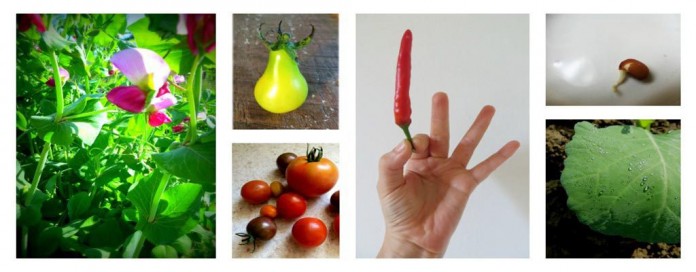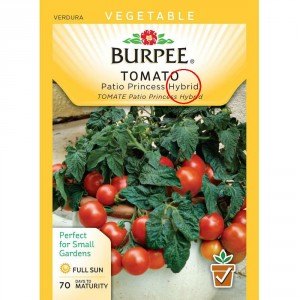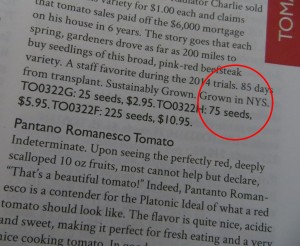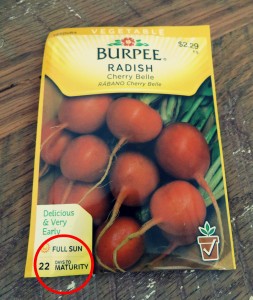A stack of colorful seed catalogs, ear tagged and overloaded with page markers, sits on my bedside table. Now that the hectic holiday season has passed, I will finally have time to sit down, sort out options and make my final seed selections.
When it comes to choosing what vegetable varieties to grow, performance, place, and space all factor into finding the best seed for your garden. Purchasing and planting the right amount of seed at the right time ensures you won’t be overwhelmed with too much fresh food at once and prevents food waste.
Performance
Hybrid seed, not to be confused with genetically modified seed which has been altered using molecular genetics in a lab, has been designed and bred by humans to preserve the variety’s best features. If you are looking to grow picture-perfect ripe red tomatoes, hybrid seeds are the best seed for your garden.
In a seed catalog or on a seed packet, hybrid seed is distinguished from open-pollinated seed with the letter “F” or the word “hybrid.” These seeds often produce plants with greater uniformity and better disease resistance. Since a hybrid is a cross between two distinct parents, seed saved from a hybrid plant will not reproduce true to last year’s crop.
Heirloom seeds are open-pollinated seeds that can be saved to reproduce true plants. Heirlooms are historic vegetable varieties that have been grown more than 50 years. These seeds produce vegetables with unique appearance, flavor and colors that you won’t find in a grocery store.
Place and space
Purchasing seed from the south to grow in Ohio may work against you because seed grown, tested and produced in the south it is best suited for the south. Buying seed that was produced in your region achieves better germination and yield. Regional heirlooms are additionally advantageous because they’ve been successfully produced within a region for many years. Most seed catalogs share their seed sources within the first few pages or annotate where the seed was produced in the vegetable description.
Space requirements may limit your gardening to containers or a small plot. Choose compact plants like baby zucchinis and cherry tomatoes to grow more food in less space.
Waste
The average seed packet contains 100-300 seeds. Germination rate varies, but even at 80%, 75-225 plants are way more than the average garden can support. You can store some of the seed for future seasons; just remember that the germination rate declines every year after seed is packaged.
Succession planting offers an alternative solution. Instead of planting 100 radish seeds at once, plant 25 every two weeks and enjoy a constant supply of fresh radishes. Cool season crops can be planted in spring and again in fall. I buy large amounts of kale, broccoli and spinach seeds to divide between seasons.
Staggering maturity dates is a useful market gardening trick that works just as well in the home garden. Choosing early, mid and late varieties of potatoes brings each variety into maturity at a steady rate, providing me with a constant crop to sell. It also makes the potato harvest less stressful.
In the home garden, choosing tomato varieties that reach maturity at different points throughout the season helps me keep on top of canning. Check the seed packet for Days to Maturity. Remember the countdown starts at the time the seed germinates, not the day you put the seed in the ground. Also remember that transplanting sets plants back a few days while they acclimate to a new environment. Still, forecasting maturity dates out on a spreadsheet and sorting by date gives you a good glimpse of the harvest schedule.
















A friend of mine has been researching about getting seed packets online, but he wasn’t sure which packets to choose! I really like that you pointed out that by choosing the right seed packets with smaller growing space means he could plant more food. That is great advice because this is his first garden and I don’t think he’s really thought about space and how to get more out of his efforts the first time around.